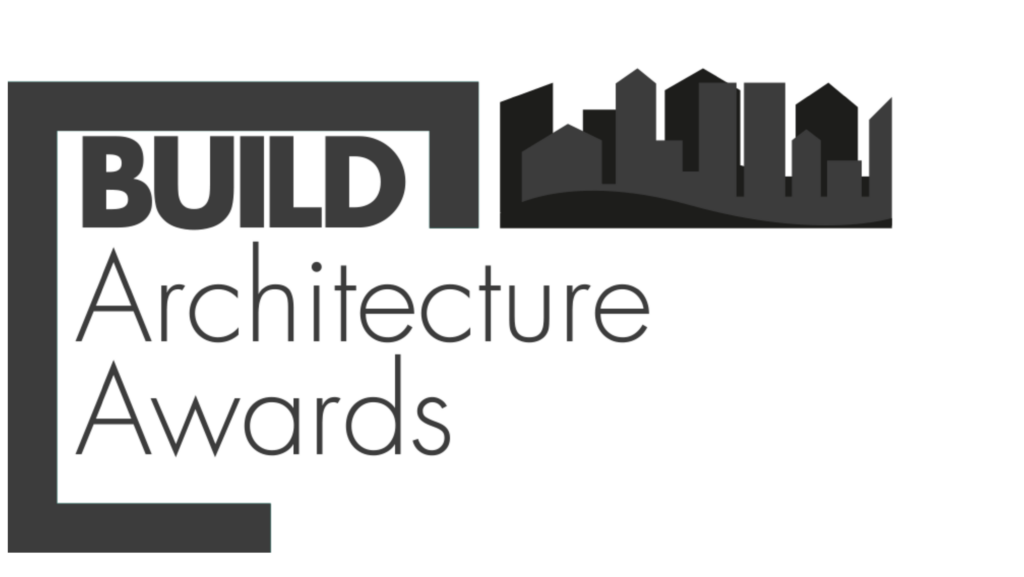
When Do I Need Planning Permission for a Loft Conversion?
Adding a loft conversion can be a fantastic way to expand the space in your home without eating into your garden or extending the building’s footprint. Whether you’re after an extra bedroom, a home office, or just some additional living space, a loft conversion can add significant value to your property. But a common question for many homeowners is, “When Do I Need Planning Permission For A loft Conversion?”

The good news is that most loft conversions do not require planning permission and can be carried out under Permitted Development (PD) rights. However, there are some scenarios where planning permission is a must. In this article, we’ll cover the general rules, the exceptions, and all the details you need to know.
Understanding Permitted Development for Loft Conversions
Permitted Development rights allow you to make specific changes to your home without needing formal planning permission. This includes certain types of loft conversions, as long as the following conditions are met:
Volume Limitations:
- Detached houses: Up to 50 cubic metres of additional roof space.
- Terraced or semi-detached houses: Up to 40 cubic metres of additional roof space.
- The volume of the loft conversion is calculated based on the space added to the existing structure.
Roof Alterations:
- Any alteration must not exceed the existing roof height. This means you cannot raise the height of your roof without needing planning permission.
- Dormer windows are allowed, but they must not extend beyond the plane of the roof on the principal elevation that fronts the highway.
Materials:
- The materials used must be similar in appearance to the rest of the house. For example, if you’re installing dormer cladding, it should match the rest of the roof.
Setbacks:
- Any side-facing windows must be obscure-glazed.
- Dormers should be set back at least 20cm from the eaves.
No Overhanging:
- Any extension or dormer must not overhang the outer wall of the original house.
When Planning Permission Is Needed for a Loft Conversion
While many loft conversions can be completed under Permitted Development, there are certain conditions where planning permission will be required:
Listed Buildings:
- If your home is a listed building, you will always need planning permission for a loft conversion. Listed properties have specific requirements to preserve their historical character.
Conservation Areas and Article 4 Directions:
- If you live in a conservation area or an area subject to an Article 4 Direction, planning permission will likely be required. These areas have additional restrictions to preserve their character, which may mean stricter rules on loft alterations.
Changing Roof Structure:
- If the loft conversion involves raising the roof height or making significant alterations to the existing roof structure (beyond adding dormers), planning permission will be needed.
Balconies and Verandas:
- If your loft conversion plans include balconies, verandas, or raised platforms, these are not covered by Permitted Development rights. Planning permission is required.
Flats and Maisonettes:
- Loft conversions for flats, maisonettes, or any non-detached dwelling do not fall under Permitted Development. Planning permission is needed for these properties as the rights apply to single-dwelling houses only.
Party Wall Considerations:
- If you share a party wall with your neighbour, as is common in terraced and semi-detached houses, you’ll also need to comply with the Party Wall etc. Act 1996. This is not directly related to planning permission, but it’s a legal requirement to serve notice if the loft conversion work impacts a shared wall.
Building Regulations for Loft Conversions
Regardless of whether you need planning permission, building regulations approval will always be required for a loft conversion. These regulations ensure that the conversion is structurally sound, safe, and meets energy efficiency requirements. Here are some key aspects that building control will assess:
Structural Integrity:
- The new floor needs to be strong enough to support the conversion.
- Roof supports must be modified to create safe and usable living space.
Fire Safety:
- A loft conversion must include proper fire safety precautions, such as fire doors, fire-resistant walls, and safe escape routes.
- Mains-powered smoke alarms are generally required on each floor of the property.
Staircase Access:
- A fixed staircase is required for a loft conversion, and it needs to meet specific standards for headroom, angle, and width.
Insulation:
- The loft conversion must meet energy efficiency requirements, so insulation will need to be added to the walls and roof.
Types of Loft Conversions and Their Planning Requirements
There are several different types of loft conversions, and whether or not you need planning permission can depend on the style you choose:
Rooflight Conversion:
- This type is often the easiest and least invasive, involving installing roof windows without changing the structure of the roof. Typically, rooflight conversions do not require planning permission.
Dormer Loft Conversion:
- A dormer conversion adds extra space by extending out from the roof, creating additional headroom and floor area. Dormers that are at the back of the property and meet volume limitations can usually be carried out under Permitted Development.
Hip to Gable Conversion:
- This type of conversion involves extending the hipped end of a roof to create a gable end, providing more internal space. Due to the significant roof alterations, a hip to gable conversion will often require planning permission.
Mansard Loft Conversion:
- A Mansard conversion involves raising the entire slope of the roof, creating a much larger living area. It typically requires planning permission due to the substantial structural changes involved.
Applying for Planning Permission for a Loft Conversion
If you determine that you need planning permission, the application process is relatively straightforward:
Contact Your Local Planning Authority (LPA):
- Reach out to your LPA to discuss your loft conversion plans and confirm any requirements specific to your property or area.
Submit Your Application:
- You can apply online via the Planning Portal, where you’ll need to provide detailed information about your plans, including architectural drawings, measurements, and the intended use of the new space.
Await a Decision:
- The LPA will assess the impact of your loft conversion on the surrounding environment, including the effect on neighbours and the overall street scene. Decisions typically take around 8 weeks.
Benefits of a Loft Conversion
Adding a loft conversion to your home can offer many benefits, including:
- Increased Property Value: A loft conversion can add as much as 20% to your property’s value.
- More Living Space: Whether you need an extra bedroom, a playroom, or a home office, loft conversions offer a practical way to create more room.
- Cost-Effective Extension: Compared to other types of home extensions, loft conversions are often more affordable, as you’re building within your existing space.
FAQs About Loft Conversion Planning Permission
Do I need planning permission for Velux windows?
No, adding Velux or roof windows doesn’t usually require planning permission, as long as they do not protrude more than 150mm beyond the roof plane.Can I convert my loft in a terraced house?
Yes, loft conversions in terraced houses are common and often fall under Permitted Development, but you will need to adhere to volume limitations and building regulations.What if my loft conversion overlooks neighbours?
You may need to install obscure-glazed windows if your loft conversion has windows that overlook neighbouring properties.
When Do I Need Planning Permission For A Loft Conversion?
So, when do you need planning permission for a loft conversion? The answer depends on the type of property you have, the location, and the nature of the work you’re planning. Most loft conversions can proceed under Permitted Development rights, but there are exceptions, especially for listed buildings or properties in conservation areas.
For a smooth project, it’s always wise to double-check with your Local Planning Authority before starting work. At Surv Essex, we offer comprehensive services to help you navigate the planning process, prepare the necessary drawings, and ensure your loft conversion meets all building regulations.
